Honeyball was founder and captain of the British Ladies Football Club which launched in 1895. In response to intense media interest, the 'moving spirit of the lady footballers' gave interviews, posed for photos, and for a brief moment in time was known throughout the land. Then, just as suddenly, she vanished.
She was such a significant character in the development of women's sport that she is celebrated for her contribution, yet she has proved frustratingly elusive. Not only was she invisible in official records, her name sounded implausible, and one Victorian writer described her name as 'singularly ominous and Dickensian'. Today, most sources will tell you that Honeyball was a made-up name, a cover for one of the other players.
However, the mystery has just taken a dramatic twist and may have been solved thanks to a newly-digitised newspaper on the British Newspaper Archive.
This is the missing link historians have searched for, as the Lillington Street address was the home of Anne Honeyball, a single woman in her twenties who lived there with her widowed father. Surely she must be Nettie?
There are so many tangents to the story of the British Ladies FC that the answer is not yet conclusive, as I will explain, but in many respects she fits the bill.
Anne Jane Honeyball was born in 1867 in Pimlico, the younger daughter of Francis, a carpenter and cabinet maker, and his wife Emma.
She was baptised (as Annie rather than Anne) in the nearby church of St James the Less, and is recorded at 56 Lillington Street in most subsequent censuses up to 1911 with her family. Two brothers appear to have died young, her elder sister Fanny married George Stubbles in 1882, her mother died in 1892, and she remained with her father until his death in 1915.
Only in 1891 is she not at home, but intriguingly a Janetta Honeyball, aged 21 and born in Pimlico, is lodging in Lambeth where she worked as a cashier for a grocer. The age is slightly wrong but as Janetta does not appear in any other records, is this Anne? Given her middle name of Jane, which also appears as Nettie Honeyball's middle initial, it does seem to be a strong possibility.
As the British Ladies FC captured the public imagination, Nettie gave numerous interviews in the first few months of 1895, in which she came across as assured, determined and forthright in her support for women's emancipation. She often posed for photos, including a full page plate in The Sketch, and gained a fair degree of notoriety or popularity, depending on your point of view. When the opening match was played at Crouch End on 23 March, she was a team captain and very clearly the figurehead of the club.
Yet, despite her high profile, and the large crowds which the lady footballers attracted, there was trouble behind the scenes. In May she had to deny a press report that 'the lady footballers are at loggerheads among themselves, and the team is likely to break up in consequence'.
However, there does appear to be truth in the rumours as by the end of May, just two months after the club played its first match, she was nowhere to be seen. Without her, the British Ladies FC continued to pursue a hectic schedule of matches, with a second team springing up in apparent rivalry.
Nettie's name was still briefly quoted in the autumn as club secretary before Jessie Allen took over, citing an illness for Honeyball, then the rival captain Mrs Graham (real name Helen Matthew) said 'she is no longer connected with us in any way'.
Whatever happened, Nettie Honeyball was out of the picture and left Crouch End to return to Pimlico, notifying her change of address to the Morning Leader. Apart from that brief mention, there were no further interviews and no more press interest in her.
On the surface, the move to Lillington Street points to Anne Honeyball being Nettie but there are still doubts which are raised by a careful reading of her press interviews. Although she gave little away about her background, she made a telling comment to The Sketch in January 1895 that the other recruits to the team 'were all strangers to me, except my sister' Then in April she told the Maidenhead Advertiser after a match that 'I have been accustomed to athletics all my life with my brothers'.
If these comments are true, Anne cannot be Nettie. Her sister was in her thirties, married with three young children; her brothers had both died young.
Nellie, born in Pimlico in 1873, was the daughter of Frederick Honeyball, elder brother of Francis and also a carpenter. The family lived at 36 Tachbrook Street, which was literally a stone's throw from Lillington Street. Nellie had two elder brothers, which fits with those interview comments, and a younger sister Edith, although there is no record of her playing for the club.
Perhaps most tellingly of all, the Westminster and Pimlico News of 12 June 1896 carried a report of a dispute that ended up in Westminster Magistrates Court, where Nellie Honeyball of 56 Lillington Street was bound over to keep the peace.
Nellie is with her family at Tachbrook Street in the 1891 census, so she cannot be 'Janetta' but did she then go to live for a while with her uncle round the corner? He would have had a spare room after his married daughter Fanny moved out.
So, the mystery continues. While Nettie Honeyball does appear to be a real person rather than a pseudonym, I can find no conclusive proof whether she was Anne or Nellie.
And of course, I cannot entirely dismiss a third possibility, that the paragraph in the Morning Leader was a deliberate red herring. But she was well known to the paper, so I think this unlikely.
The Honeyball cousins had much in common: both were daughters of carpenters, both spent their lives in Pimlico, both remained single. Curiously, the Smith family’s father Arthur was also a carpenter. While carpenters and cabinet makers were skilled craftsmen, this tends to demolish the much-repeated claim that the football club drew its players from the 'upper middle class'.
She died in sad circumstances, aged 80 and alone, her death certificate describing her as a 'blind spinster' and the informant was the coroner's officer, who also arranged her burial. Mysteriously, her name was also recorded as Constance Young, for no obvious reason; it would be an irony indeed if Nettie Honeyball chose her own alias.
The crucial question remains: which of them was Nettie? Neither Anne nor Nellie appear to have left any trace, and neither have any direct descendants to ask. It is a question which will continue to intrigue historians but I am sure the answer will eventually come out.
In the course of my research I have accumulated a range of background material which I would be happy to share with other researchers. Please use my contact form.
The most comprehensive online source of information about the British Ladies FC is Patrick Brennan's outstanding Donmouth site, launched almost 20 years ago and which has continued to grow. Click here for more, and also check out their own research into Nettie Honeyball.
If you would like to read more about another significant but elusive player for the British Ladies FC, click here to read my article about Emma Clarke.
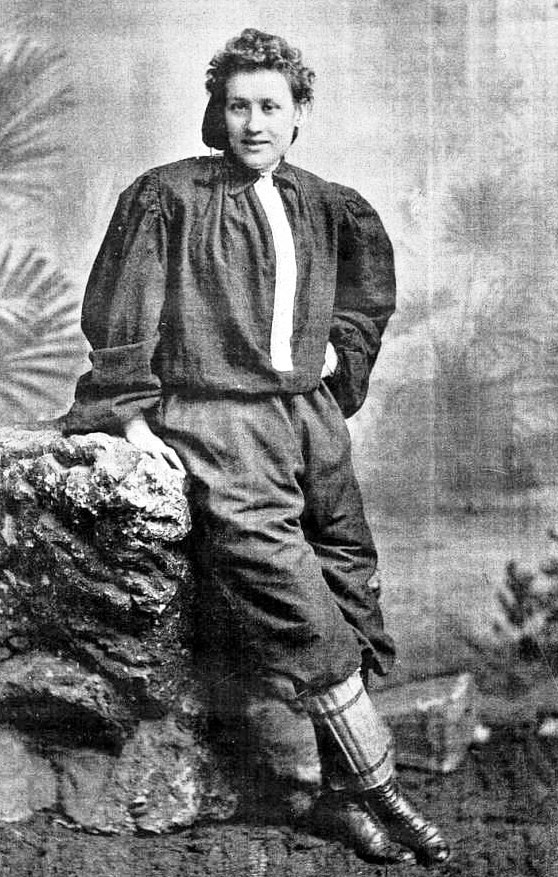

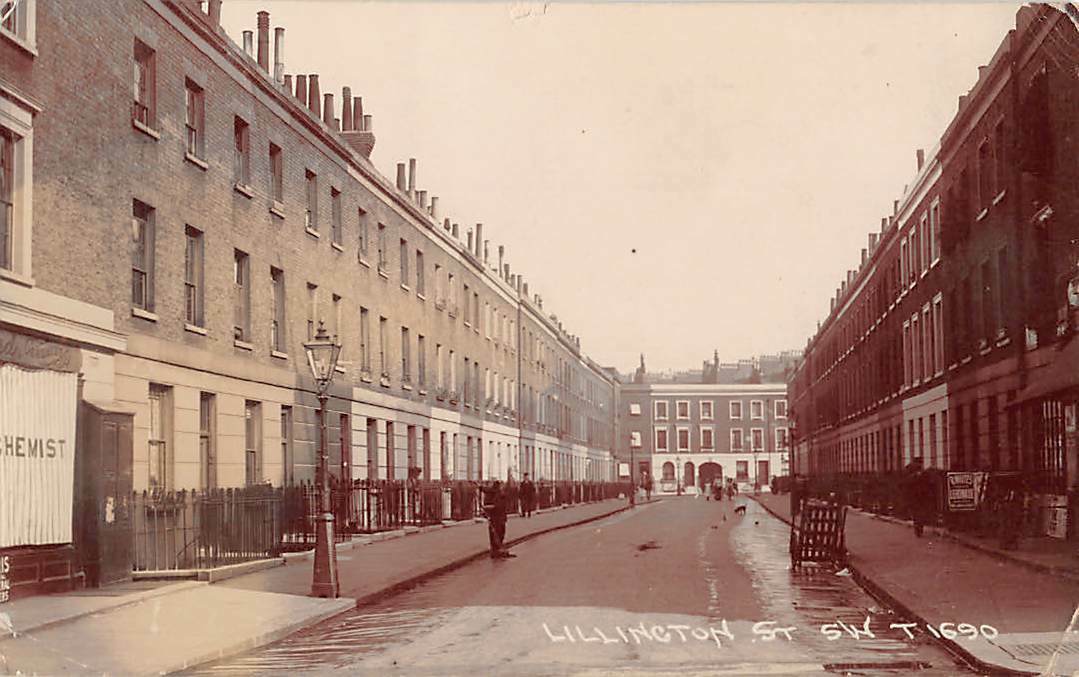
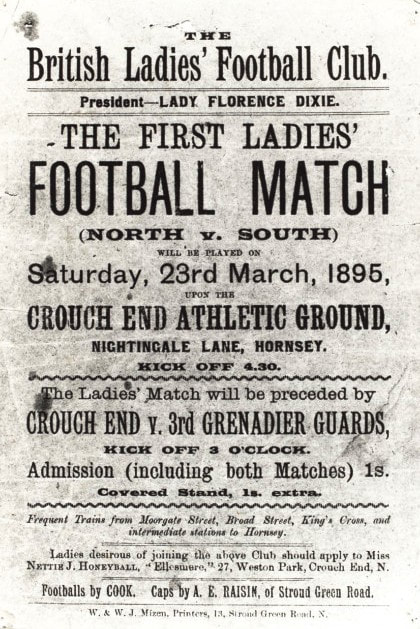
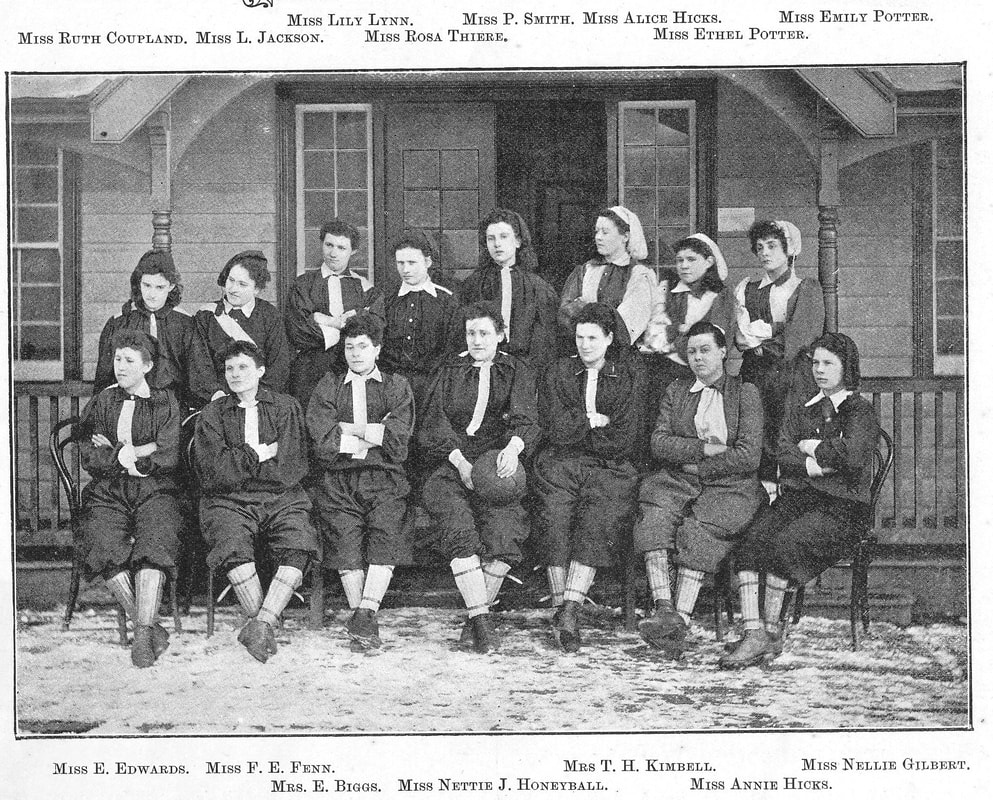
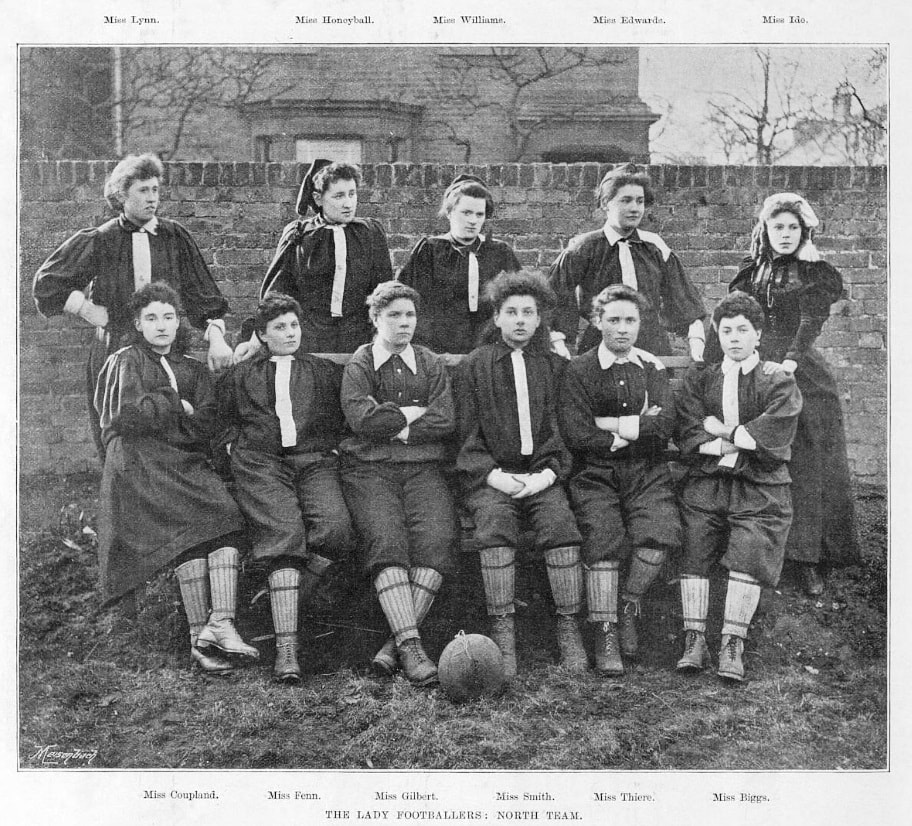
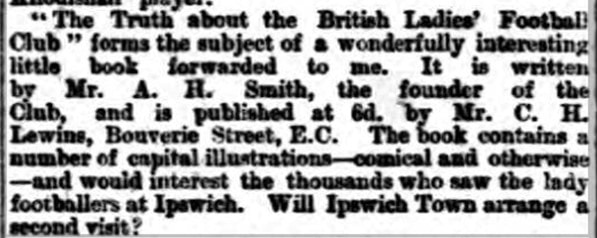


 RSS Feed
RSS Feed